The Kiplinger Dividend 15: Our Favorite Dividend-Paying Stocks
The Kiplinger Dividend 15 are poised to benefit as falling interest rates lure investors back to dividend-paying stocks.
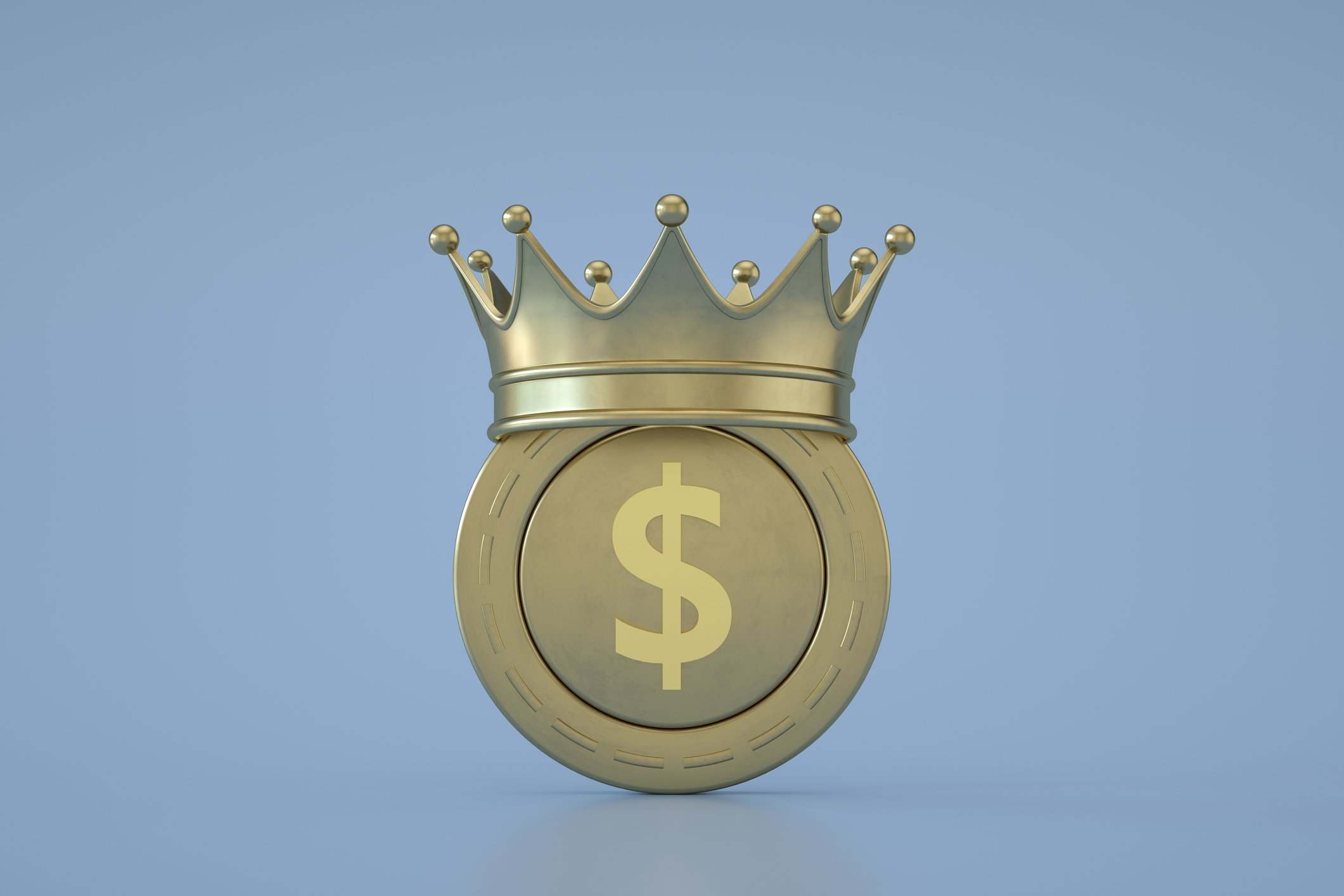

Investors have ignored dividend stocks for the greater part of two years while visions of other investing sugarplums danced in their heads.
Money market funds and Treasuries offered better yields for no risk, for a start, and then came the artificial intelligence (AI) boom in growth stocks, all of which "sucked the capital out of the rest of the market," says Jay Hatfield, chief executive of Infrastructure Capital Advisors and manager of the InfraCap Equity Income exchange-traded fund.
Little wonder, then, that dividend stocks have lagged the S&P 500 in recent years.
But the tide seems to be turning, in part because interest rates are coming down, which helps to make dividend stocks more appealing. In recent months, "dividend stocks have taken off like a rocket," Hatfield says. "We think this trend will continue."
Indeed, investors have forgotten some truisms about dividend-stock investing. Over the long haul, for one, dividend-paying stocks have outpaced non-dividend payers, and they've been less volatile, too, says John Buckingham, editor of the investing newsletter The Prudent Speculator.
"Everyone's holy grail is higher returns and lower risk, and it's sitting right in front of us with dividend-paying stocks," he says.
What's more, dividend payouts aren't static like bond coupon payments; they increase over time. Over the past 10 years – a period that includes the pandemic, when many companies suspended dividends – payouts in the S&P 500 have increased by nearly 90%.
Enter the Kiplinger Dividend 15, the list of our favorite dividend-paying stocks, which we have been shepherding since 2017.
Our picks for the Kiplinger Dividend 15 fall into one of three categories. The stalwarts are steady payers that have racked up decades of consistent dividend hikes. The dividend growers boast sizable increases every year and the potential for healthy stock-price appreciation. And then there are the high-yielders, which offer big payouts.
Choose some from each group to get a mix of stocks with different income and growth profiles to suit your goals.
You might emphasize the stalwarts, say, if low volatility is important to you, or the high-yielders if income matters more.
Keep in mind that stocks with the highest dividend yields probably won't deliver sizable share-price gains, while those with greater dividend growth (and lower yields) may experience stronger price advances.
The S&P 500 Index is essentially flat since the start of the year, but over the past 12 months, it sports a 14% gain. As a group, the Kiplinger Dividend 15 beat the S&P 500 over both periods.
Five of the 15 have raised their payouts since late January: Walmart (WMT) by 13%; Johnson & Johnson (JNJ) and Procter & Gamble (PG) by 5%; and Realty Income (O) and Home Depot (HD) by 2%.
Annual dividend is based on the most recent dividend payment. Five-year dividend growth rate is annualized. Sources: Company websites, Morningstar, S&P Dow Jones Indices, Yahoo Finance. Returns and data are through May 31, unless noted otherwise.
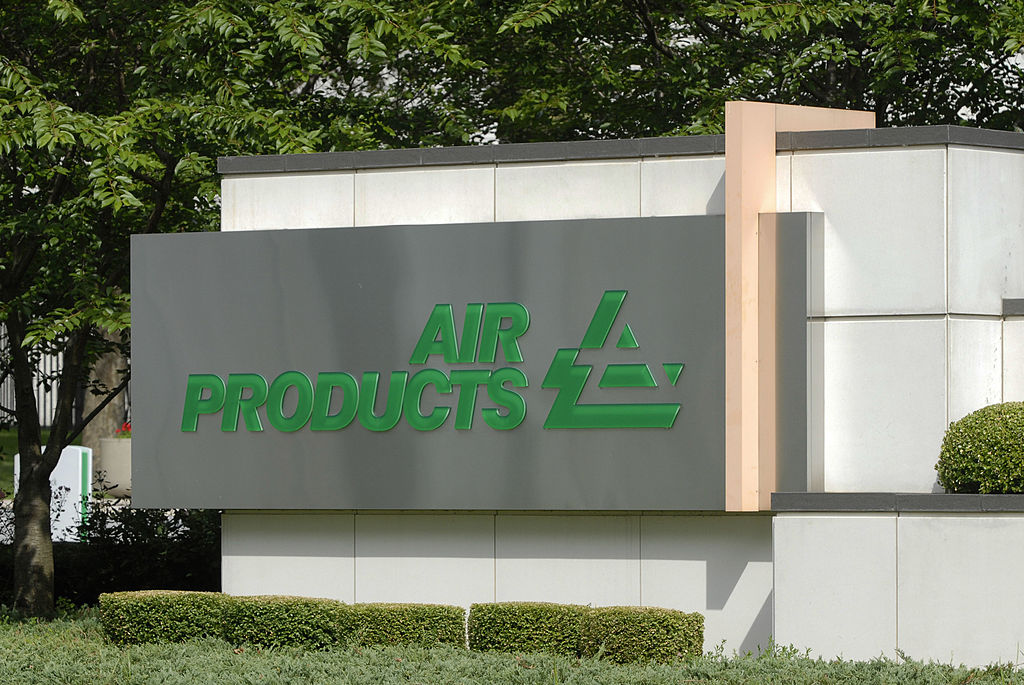
Dividend stalwart: Air Products & Chemicals
- Yield: 2.6%
- Annual dividend: $7.16
- Consecutive years of increases: 43
- Five-year dividend growth rate: 9.0%
- One-year total return: 7.2%
When we inaugurated the Kiplinger Dividend 15, we defined stalwarts as firms that had raised dividends for at least 20 straight years. At this point, our steady Eddies have hiked payouts for more than 40 years in a row.
Air Products & Chemicals (APD) stock is up 7% in the past year, thanks in part to activist investors shaking up the board of directors. The stock was languishing before the January proxy vote, says John McNulty, a BMO Capital Markets analyst, but the board changes have lifted the shares. He rates the stock at Outperform.
On the whole, analysts' earnings estimates for the current fiscal year have been trending down recently. They predict a 3% annual decline in the fiscal year that ends in September and 9% growth next fiscal year. Meanwhile, the materials stock yields a healthy 2.6%.
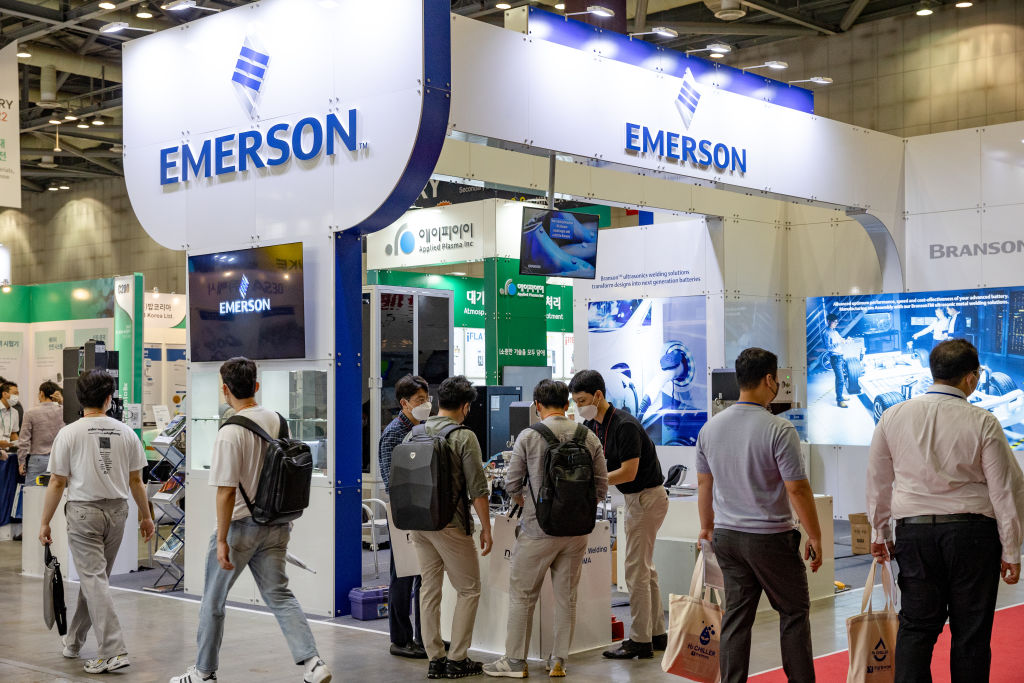
Dividend stalwart: Emerson Electric
- Yield: 1.8%
- Annual dividend: $2.11
- Consecutive years of increases: 68
- Five-year dividend growth rate: 1.4%
- One-year total return: 8.3%
Industrial electrical equipment company Emerson Electric (EMR) has been working to shift its business to automation and industrial software for the past several years. That partly explains why the industrial stock had lagged its large-company peers, though it is now up 8% over the past 12 months.
Emerson is a top pick of Wells Fargo Securities analyst Joseph O'Dea, who rates it Outperform and views it as "underappreciated" following its transformation. "Uncertainty has been a two-year-plus overhang. We believe that's now reduced, leaving attractive upside."
Analysts forecast a 9% jump in earnings in the fiscal year that ends in September and an 8% jump in the next fiscal year. The stock yields 1.8%.

Dividend stalwart: Johnson & Johnson
- Yield: 3.4%
- Annual dividend: $5.20
- Consecutive years of increases: 63
- Five-year dividend growth rate: 5.5%
- One-year total return: 9.2%
In January, Johnson & Johnson (JNJ) announced plans to acquire biopharma company Intra-Cellular Therapies (ITCI) for $14.5 billion. But the deal, half-funded with debt, wasn't good news to S&P Global Ratings.
The credit rating agency put a watch on the firm, which is one of just two U.S. companies with a triple-A long-term credit rating. Even so, Wells Fargo analyst Larry Biegelsen said the deal could help boost revenue by the end of 2026, and by 2027, lift earnings, too.
Overall, analysts expect revenue to increase by 2.8% in 2025 and 4.1% in 2026. Earnings should increase 6.3% for the current fiscal year, which ends in December, and jump 4.6% in 2026.
Other wrinkles need ironing out. As more clarity comes on Medicare drug-price negotiations, the company anticipates it will have a "net unfavorable impact," according to Jennifer Taubert, head of Johnson & Johnson's pharmaceutical business, who spoke to analysts after a recent earnings report. Even so, she added, "we do anticipate, as a business, growing 3%-plus next year and then 5% to 7% out through 2030."
And the company still has to resolve the lawsuits linking its talc products to cancer. Its subsidiary Red River Talc filed a third time for bankruptcy in September 2024, hoping to settle most cases for roughly $8 billion. Its previous tries failed in bankruptcy court.
Meanwhile, the company's leadership role in a broad mix of healthcare segments, its research-rich pipeline and its exceptional cash-flow generation give J&J a wide economic moat, says Morningstar analyst Damien Conover. "Strong cash generation has enabled the firm to increase its dividend for over the past half-century, and we expect this to continue." The stock yields 3.4%.
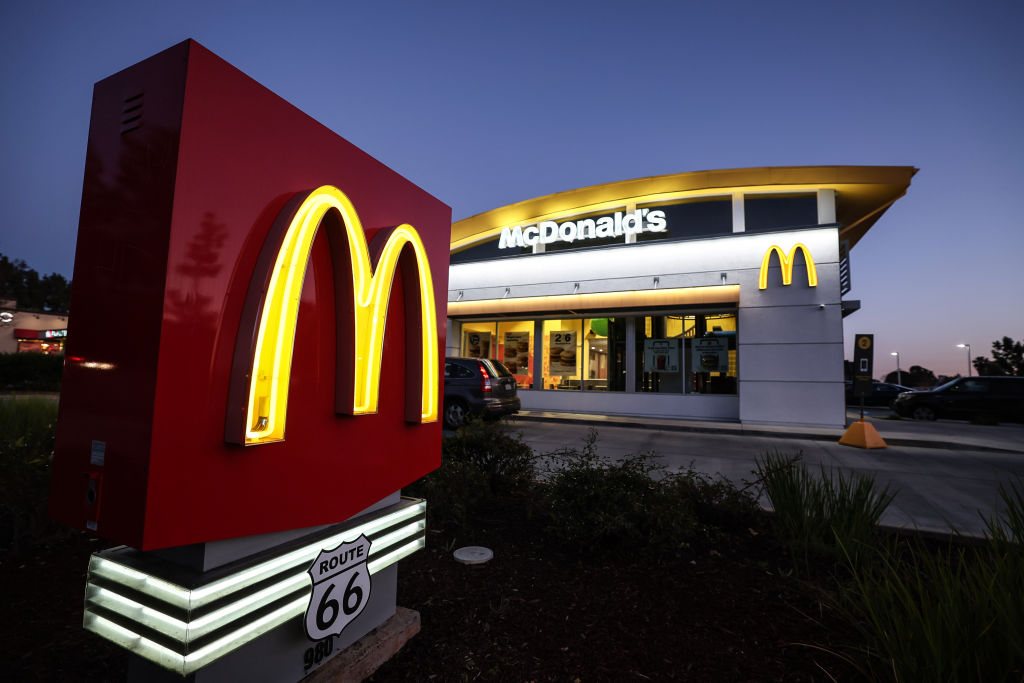
Dividend stalwart: McDonald's
- Yield: 2.3%
- Annual dividend: $7.08
- Consecutive years of increases: 47
- Five-year dividend growth rate: 7.5%
- One-year total return: 23.9%
Apparently, McDonald's (MCD) meals got too costly for customers in the first half of 2024. So the company introduced a $5 value meal to appeal to more price-conscious consumers – and it worked. In August, foot traffic improved, says Jefferies Financial Group analyst Andy Barish, who says "a greater focus on value is starting to work more meaningfully."
The shift shows that the largest fast-food restaurant company in the world can be nimble when necessary. It is also a strong testament to the brand's strength: Consumers want to eat there, as long as they think they're getting a deal.
Truist Securities analyst Jake Bartlett recently reiterated a Buy rating on MCD, saying he is "encouraged by a slight uptick in momentum in June and expects the 'Snack Wrap' to benefit from a bigger marketing effort, proven success historically and the value-oriented nature of the offering."
He believes the improved momentum will "give investors greater confidence that consumers have digested MCD's significant menu pricing in recent years."
MCD trades at 2.5 times forward earnings, which is about average for the company over the past five years, according to Morningstar. The stock yields 2.3%.
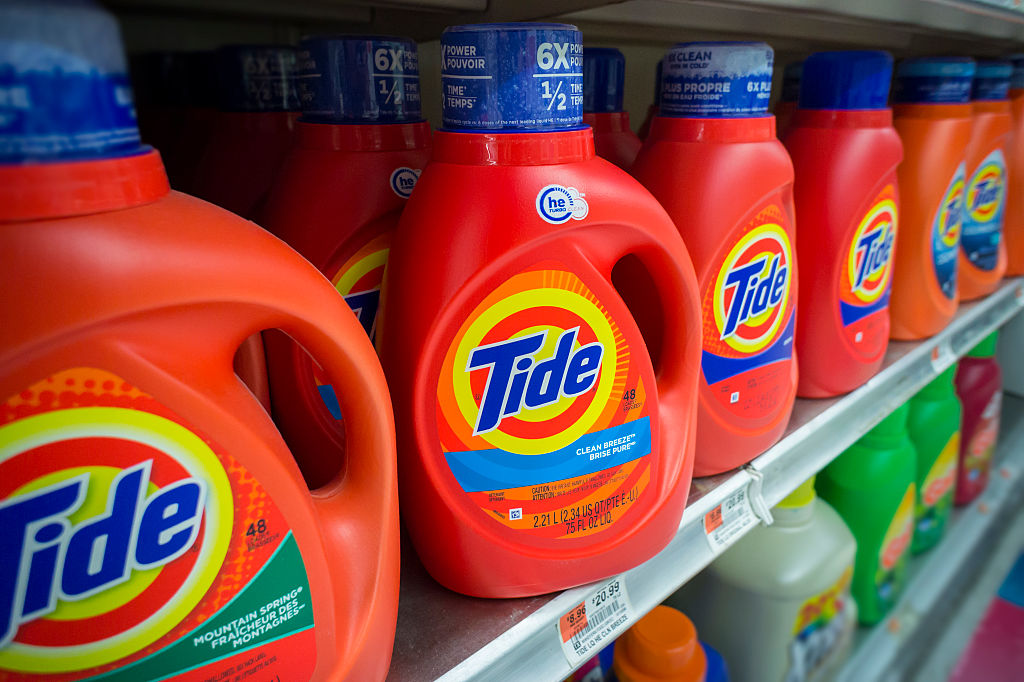
Dividend stalwart: Procter & Gamble
- Yield: 2.5%
- Annual dividend: $4.23
- Consecutive years of increases: 69
- Five-year dividend growth rate: 5.7%
- One-year total return: 5.7%
When times get tough, consumers are still going to buy certain household and personal products, such as diapers, toothpaste, razors and toilet paper. That's the argument for Procter & Gamble (PG).
It's not the kind of stock that will top return tables. We like it for another reason: It boasts a long track record of annual increases – 69 years, the lengthiest in the Kiplinger Dividend 15.
The company began to trim its product list and geographic reach about a decade ago, and it reaped mid- to high-single-digit sales growth in return.
But sales growth over the past two quarters has fallen to the low-single-digit range, and investors are underwhelmed. One problem: A strategy to raise prices on its products – Tide, Charmin, Pampers – since early 2023 finally ran its course as penny-wise shoppers started buying other products.
Even so, analysts expect 3% growth in earnings this fiscal year and a 3.4% rise in the following one. The consumer staples stock yields 2.5%.
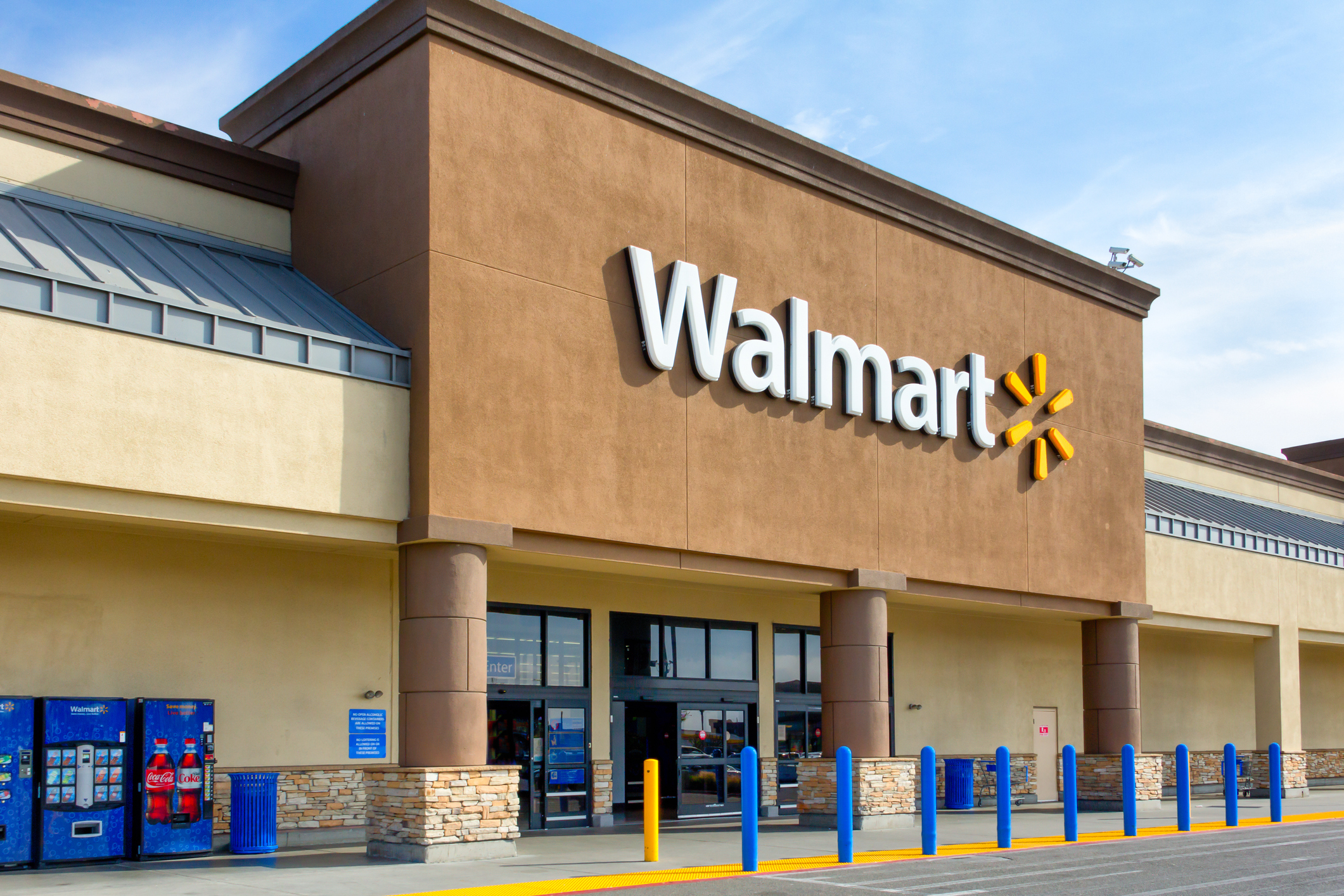
Dividend stalwart: Walmart
- Yield: 0.9%
- Annual dividend: $0.94
- Consecutive years of increases: 52
- Five-year dividend growth rate: 3.3%
- One-year total return: 51.5%
The sun is shining these days on Walmart (WMT), the world's largest retailer. Despite a tough retail environment, shares have climbed a whopping 51% over the past 12 months as shoppers have chosen the retail giant over dollar stores.
An ongoing effort to spruce up existing stores – wider aisles, brighter lighting and new displays, including digital price labels, which can be instantly adjusted – may have helped.
In truth, everything is clicking at Walmart these days. Its omnichannel advertising business, which allows brands to target customers in its stores and on its website and mobile app, is growing and fattening Walmart's profits; its subscription service, Walmart+, recently hit record-high membership; and its e-commerce business is "on the road" to profitability, says Kevin Downing, an analyst at stock-research firm Value Line.
Plans to build another 150 Walmart stores and 30 Sam's Club shops – some in China, Mexico and India – over the next seven years may lift profits, too.
What's more, in early 2025, the company announced its 52nd annual dividend hike. The current payout, 94 cents a share, denotes a 13% jump from the previous year. But share-price gains have shrunk the stock's dividend yield, which is 0.9%.
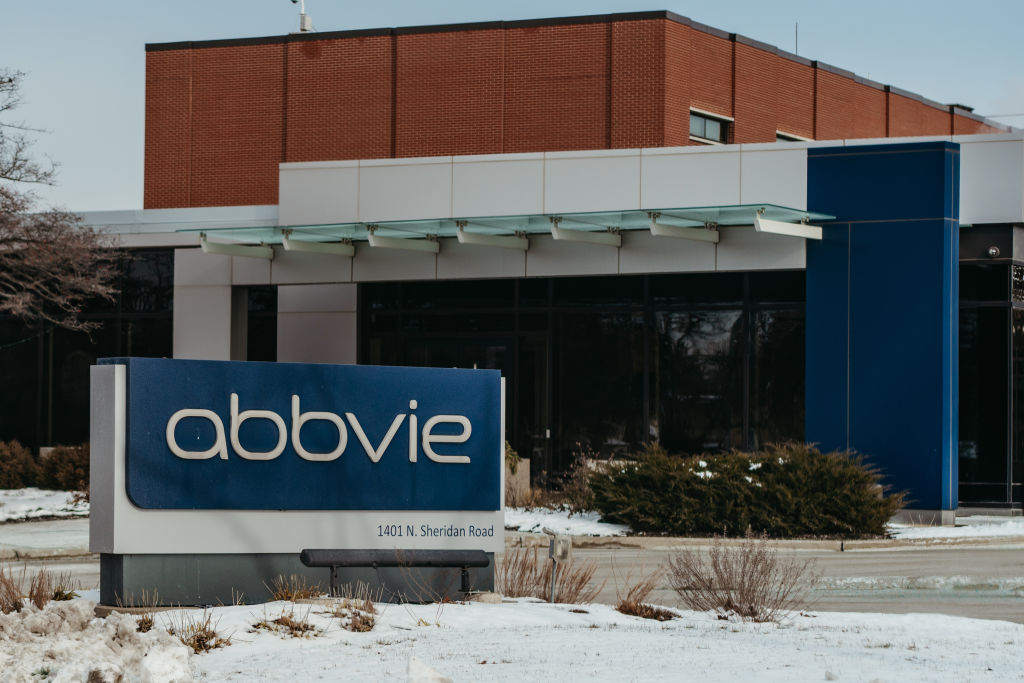
Dividend grower: AbbVie
- Yield: 3.5%
- Annual dividend: $6.56
- Consecutive years of increases: 12
- Five-year dividend growth rate: 7.7%
- One-year total return: 19.4%
The increase in annual payout matters more than yield in the dividend growers category, for which we favor high-quality, fast-growing companies that boast double-digit average annual dividend hikes over the past five years.
We've been watching the drug company AbbVie (ABBV) closely. It raises its dividend consistently, having done so 12 years in a row. (One housekeeping note: AbbVie shares started trading in 2013, when it was spun off by Abbott Laboratories, which has a decades-long track record of consecutive dividend increases. That's why S&P Global considers AbbVie a Dividend Aristocrat, its list of the best dividend stocks for dependable growth that have boosted payouts for at least 25 straight years.)
But the pace of dividend growth is slowing. AbbVie's five-year dividend growth rate, 7.7%, is lower than the 17%-plus five-year pace recorded in 2022 and 2023.
Annual dividend hikes for the past two years hovered around 5%, roughly half the payout increases in 2020 and 2021. If the coming year's increase falls below 10%, we may replace AbbVie in the Kiplinger Dividend 15.
AbbVie's near-term woes are no surprise. The firm's blockbuster drug Humira lost its exclusive patent in the U.S. and abroad, and sales are rapidly declining. Strong growth in sales of other drugs (Skyrizi, Rinvoq, Vraylar) and demand for its cosmetic Botox therapies have filled the gap, but the net result is that AbbVie's overall revenues are basically flat, if not down.
Nonetheless, ABBV has been a steady gainer over the past 12 months, with a 19% return. Also in its favor is a robust dividend yield of 3.5%, double that of the typical large-cap healthcare stock.
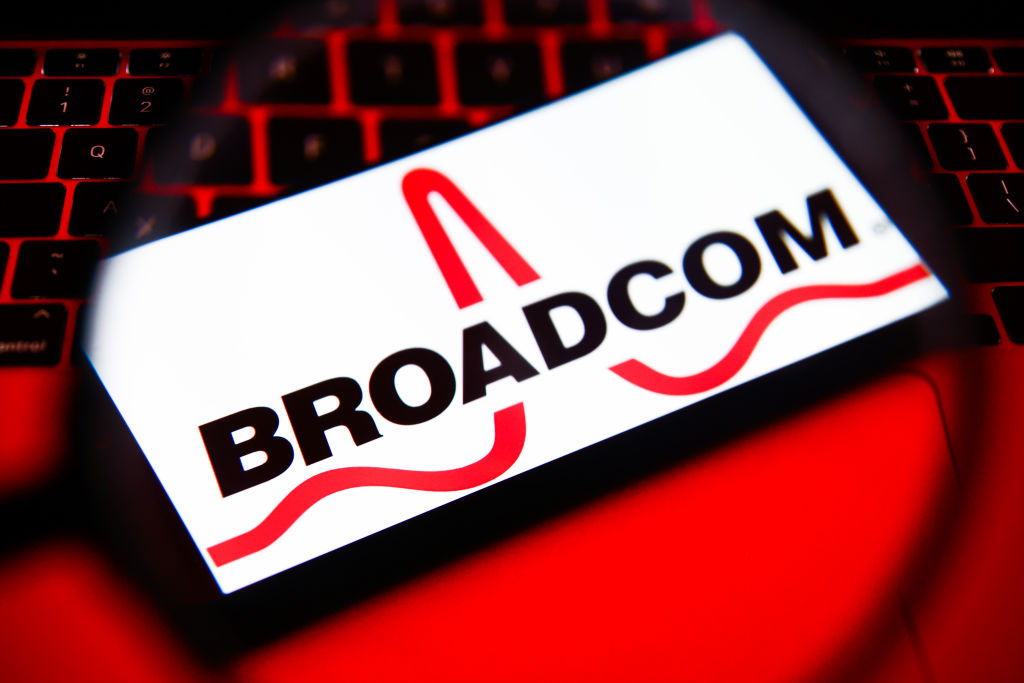
Dividend grower: Broadcom
- Yield: 1.0%
- Annual dividend: $2.36
- Consecutive years of increases: 14
- Five-year dividend growth rate: 14.7%
- One-year total return: 83.9%
No stock in the Kiplinger Dividend 15 has performed better than Broadcom (AVGO), a tech giant that makes an array of semiconductors and infrastructure software products. Shares have climbed 84% over the past 12 months.
Business is humming. VMware, the cloud-computing firm Broadcom acquired in late 2023, is already boosting overall revenue and profit margins thanks to powerful growth in subscriptions for its services and offerings, says BofA Securities analyst Vivek Arya. He has Broadcom as a top pick.
"Broadcom is a high-quality tale of a company transformation from growth in the mid-single-digit percentages to the mid-teens, driven by a shift to AI and its acquisition of VMware," says Arya. Looking ahead, he expects 15% growth in earnings, year over year, for the fiscal year that ends in October 2025.
In December, Broadcom raised its dividend by 11%, resulting in an annual payout of $2.36 per share. It yields 1.0%.
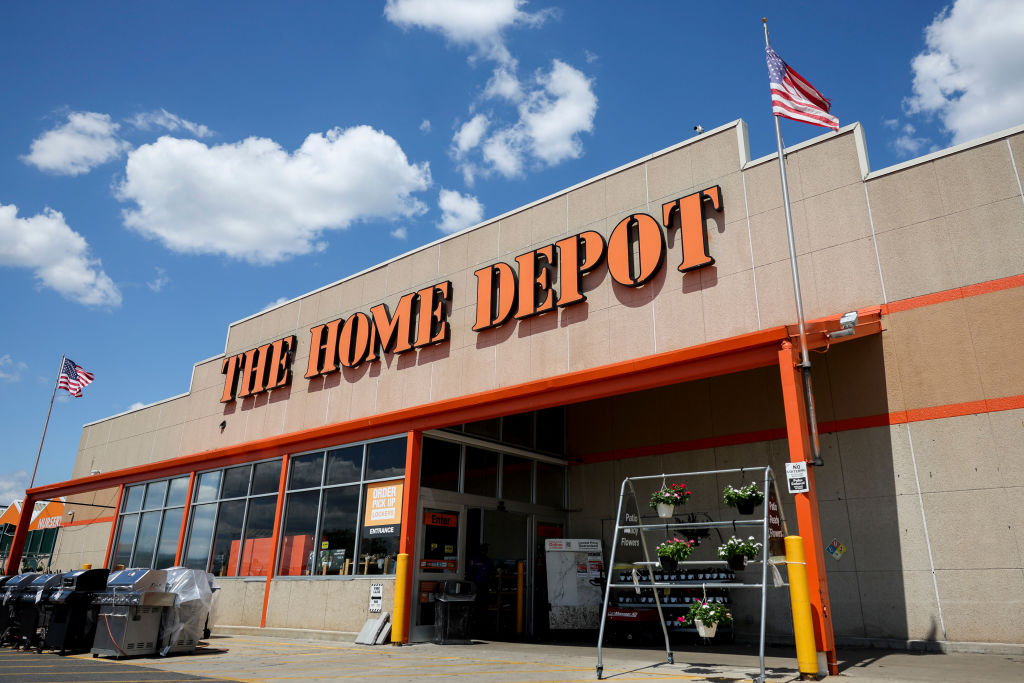
Dividend grower: Home Depot
- Yield: 2.5%
- Annual dividend: $9.20
- Consecutive years of increases: 16
- Five-year dividend growth rate: 10.6%
- One-year total return: 12.0%
Mortgage rates remain high and continue to deter consumers from buying homes or initiating remodeling projects beyond making necessary repairs.
That has held back results at goliath home-improvement store Home Depot (HD). Analysts expect a 3% increase in revenue in the current fiscal year, which ends in January, compared with the previous year. That's less than half the company's 8% annualized pace of revenue growth over the past five years.
Of course, additional interest rate cuts will help turn the tide, but a recovery in building-supplies demand may take some time.
Still, Home Depot is muddling through. Its acquisition of building-supplies distributor SRS Distribution, which closed in late 2024, expands Home Depot's addressable market to $1 trillion, up from $950 billion, and may positively impact results as soon as the second half of 2025.
Baird analyst Peter Benedict says he's "taking the long view" and rates the stock Outperform. Though near-term challenges linger, he sees a rebound in demand for home-building supplies in 2025 and 2026. Plus, a shortage of homes, following a long period of underbuilding after the Global Financial Crisis, bodes well for Home Depot over the long term.
Meanwhile, the company hiked its dividend by 2.2% in early 2025 to an annual payout of $9.20 per share.
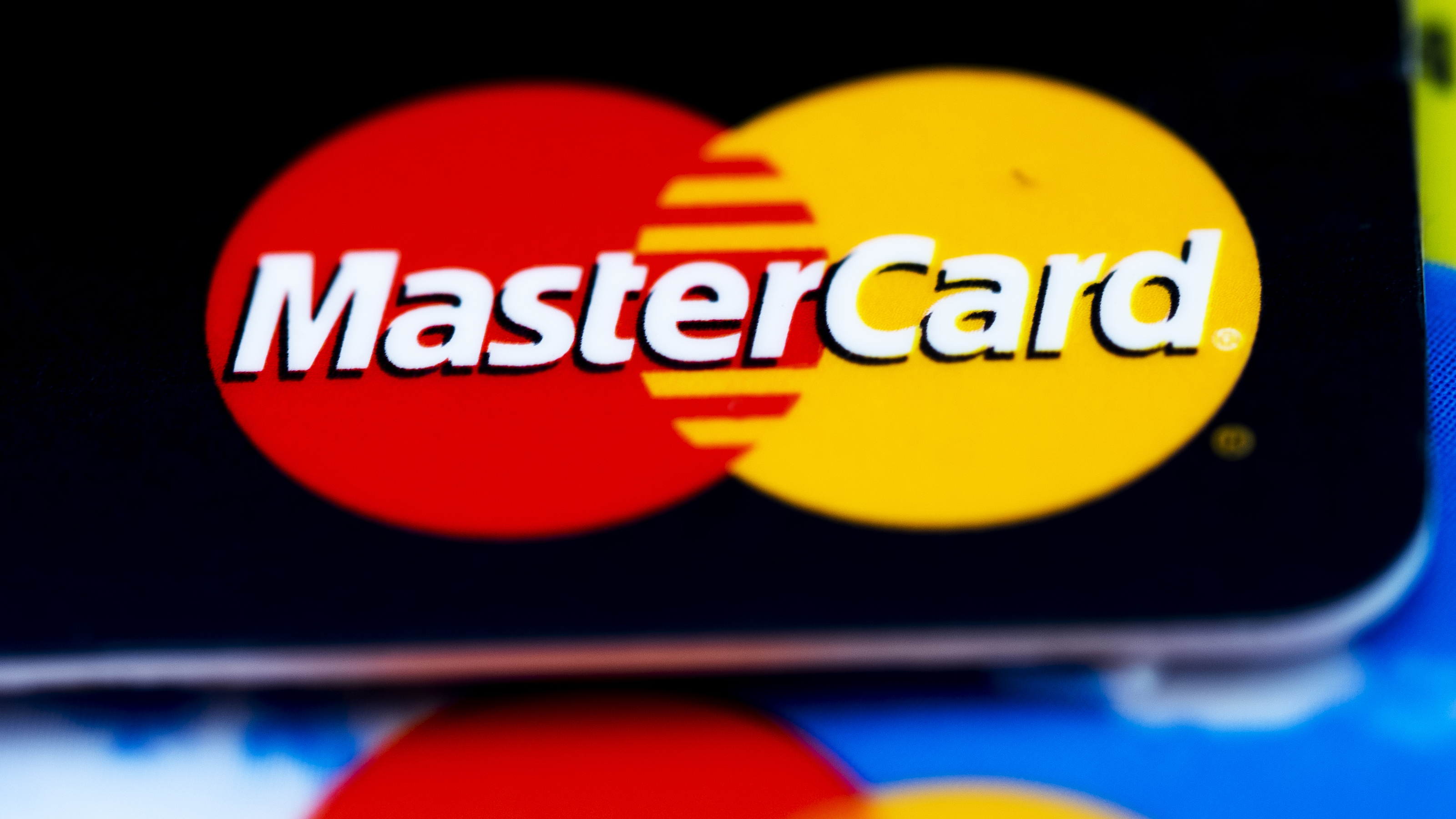
Dividend grower: Mastercard
- Yield: 0.5%
- Annual dividend: $3.04
- Consecutive years of increases: 10
- Five-year dividend growth rate: 14.9%
- One-year total return: 31.6%
Mastercard (MA) shares yield a pitiful 0.5%, but the company raised its dividend by nearly 15% over the past year – the biggest increase in the Kiplinger Dividend 15 over the past 12 months. And in this category, the pace of hikes matters most.
Dividend-growth companies tend to be fast growing, too, and Mastercard is no slouch. Over the past five years, revenue have climbed by an annualized 13%; earnings, by an annualized 16%, according to Zacks. For 2025, analysts expect a 13% rise in annual revenue and 9% in earnings. Next year, they predict increases of 12% in revenue and 17% in earnings.
The firm's good times may take a breather as the credit card market matures. But Mastercard isn't standing still. It closed on a deal to acquire a cyber-defense firm in late 2024, which will help keep a lid on fraud throughout its payment networks.
And it is focused on the "virtualization of everything," says Deutsche Bank analyst Bryan Keane, by investing in ways to make every device a tool for commerce. Mastercard worked with Mercedes-Benz, for instance, to enable customers to pay for fuel at gas stations in Germany using a fingerprint sensor in their car's infotainment system. The firm's "tech innovations are driving future growth," says Keane.
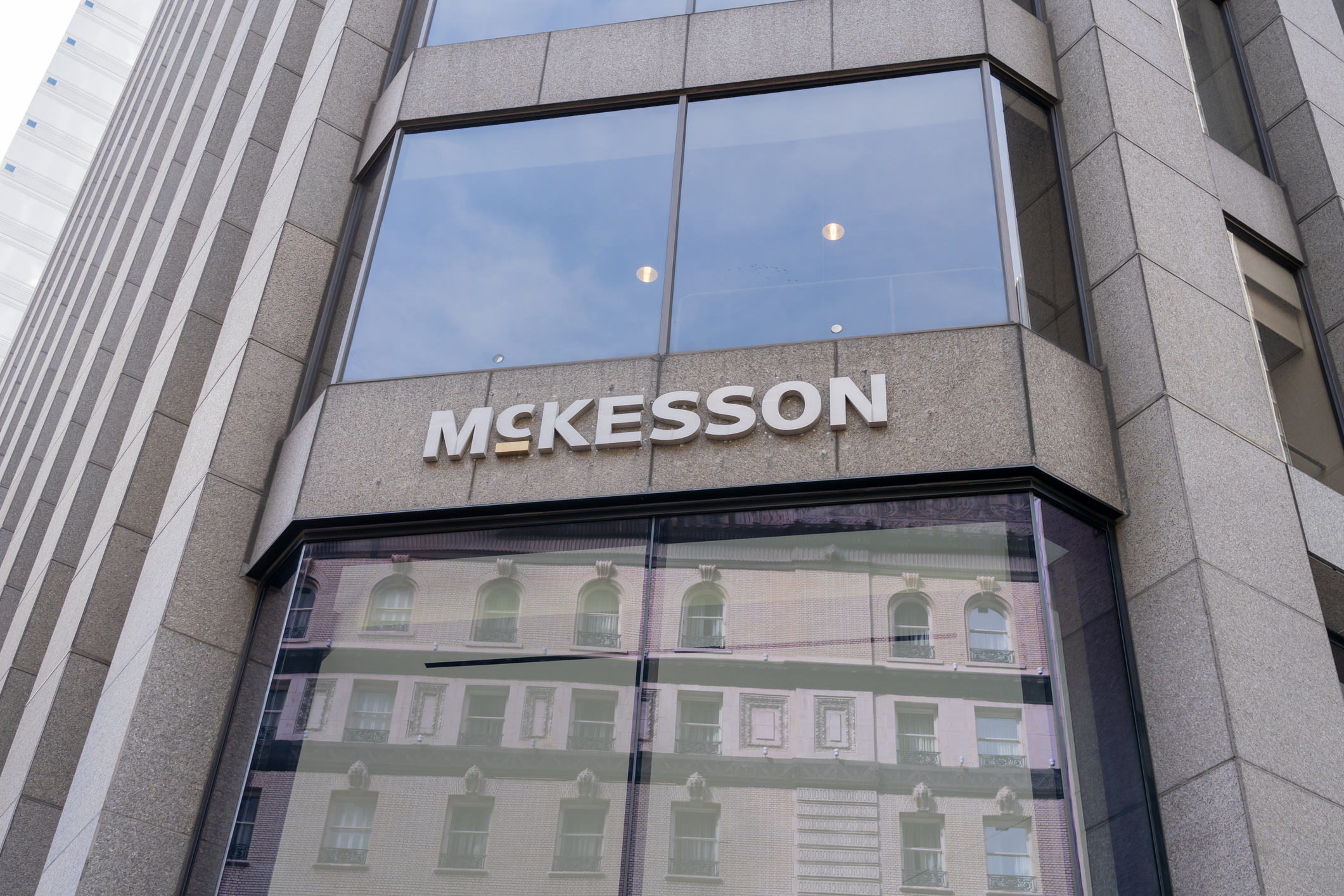
Dividend grower: McKesson
- Yield: 0.4%
- Annual dividend: $2.84
- Consecutive years of increases: 8
- Five-year dividend growth rate: 11.2%
- One-year total return: 26.8%
We're replacing UnitedHealth Group (UNH) with McKesson (MCK). In mid-May, UNH reported quarterly earnings that were below analysts' expectations, pulled its guidance for what to expect for the full year and replaced its chief executive.
Then the Wall Street Journal reported that a Justice Department investigation into the firm's Medicare Advantage business may lead to a criminal fraud charge. UnitedHealth said in a statement it hadn’t been notified of a criminal investigation and that it stands by "the integrity of our Advantage program."
A turnaround will take time. If you have profits in UNH shares, consider selling; otherwise, look for a bounce in price so you don’t lock in losses by selling at the low point.
As for McKesson, it's one of three big middlemen in the drug supply-chain business – it buys from drug makers and resells to pharmacies, hospitals and the like. McKesson is "somewhat insulated" from tariff worries, says Morgan Stanley's Erin Wright, who rates the stock a top pick. The business is known for stable positive cash flow, even during recessions.
Size matters in this business, and McKesson's market share is growing. Last year, it beat out a competitor for a plum contract with OptumRx, a UnitedHealth subsidiary. And the firm has branched out by acquiring cancer and retinal care practices, says CFRA's Daniel Rich.
Robust dividend growth, more than a high yield, is a must to replace UnitedHealth in the Dividend 15. McKesson's yield is a relatively low 0.4%, but it boasts a five-year average dividend-growth rate of 11%.
Analysts expect a healthy 12% to 13% growth in earnings over each of the next two years. The stock trades at 19 times estimated earnings, above its historical median, but below the P/E of the market overall.
Invest with a long-term view, and build a position over time.

High yield: Blackstone
- Yield: 2.7%
- Annual dividend: $3.72
- Consecutive years of increases: 4
- Five-year dividend growth rate: 12.4%
- One-year total return: 18.5%
A five-year average dividend yield of 4% or better is the initial litmus test for stocks in the high-yielders category.
Blackstone's (BX) main business, alternative asset management, is having a moment – investor interest in private equity and credit investments is rising – and that could "drive sustained, above-trend growth for longer," says Morgan Stanley analyst Michael Cyprys, who expects the financial stock to outperform the broad market.
Plus, its real estate fund, BREIT, which suffered a flurry of redemptions in late 2022, should see brighter days ahead given lower interest rates and an improved outlook for capital markets.
"We view Blackstone as best positioned to benefit from the structural growth of private markets given its brand, scale and breadth of investment expertise," says Cyprys. Shares topped the market over the past 12 months, with an 18.5% gain.
The catch is Blackstone's dividend. It is lumpy from quarter to quarter, depending on the company's fortunes. We're not ready to replace it in the Kiplinger Dividend 15, especially now with capital markets buoyed by the Fed's interest rate cuts. But we're eying possible substitutes and watching it closely.
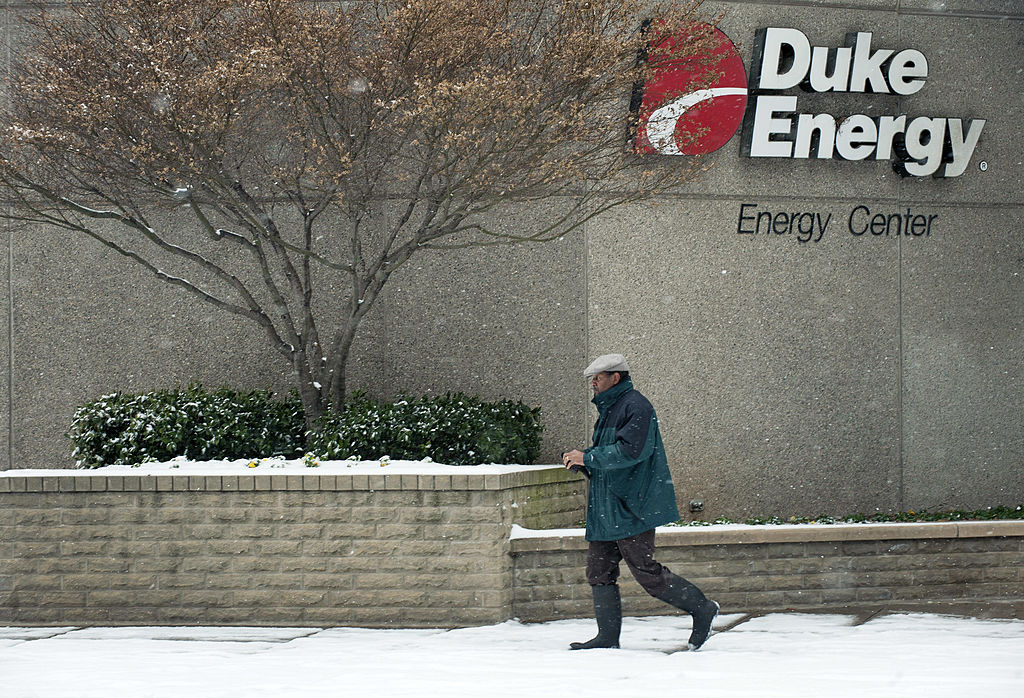
High yield: Duke Energy
- Yield: 3.5%
- Annual dividend: $4.18
- Consecutive years of increases: 18
- Five-year distribution growth rate: 2.0%
- One-year total return: 17.7%
Regulated utilities are sleepy stocks that are viewed as safe-haven investments that deliver sturdy dividend income. But now they stand to be beneficiaries of the rise of AI, too.
Data centers are popping up everywhere to meet the computational demand of AI, and that could boost electricity consumption. It won't happen overnight, but the Electric Power Research Institute estimates that data centers could grow to consume up to 9% of U.S. electricity generation a year by 2030, more than double the amount used today.
That's just one reason we still like Duke Energy (DUK). The utility has a strong presence in fast-growing states – North Carolina, South Carolina and Florida – and it is "better positioned than peers" to expand data transmission in the region, says Argus Research analyst Marie Ferguson. (Apparently, AI queries require 10 times the electricity of traditional internet searches.)
Plus, Duke is making substantial investments to upgrade its electric grid for renewable energy. In Florida, it has 12 new solar sites. "It's arguably the highest-quality utility in the sector," says Hatfield, the manager of the InfraCap ETF.
The utility stock is up 18% over the past 12 months and it yields 3.5%.
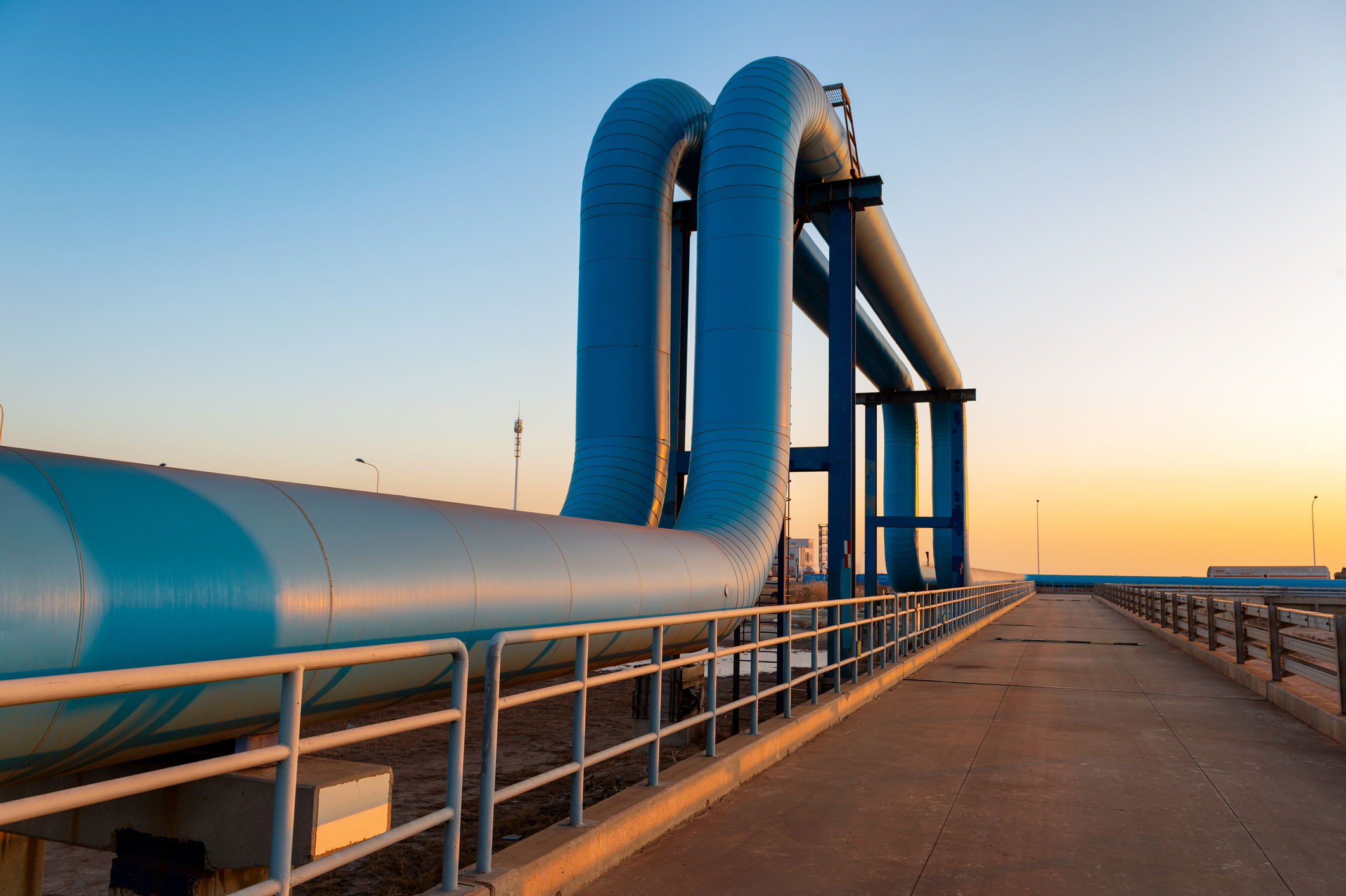
High yield: Enterprise Product Partners
- Yield: 6.6%
- Annual distribution: $2.14*
- Consecutive years of increases: 27
- Five-year dividend growth rate: 3.5%
- One-year total return: 15.6%
Enterprise Product Partners (EPD) is a master limited partnership (MLP), which requires special attention with regard to tax accounting (even in a retirement account). So consider yourself forewarned.
But this provider of natural-gas and natural-gas-liquid services yields 6.6%, the highest in the Kiplinger Dividend 15. It is now a Dividend Aristocrat, having logged 27 consecutive annual dividend hikes.
"Higher yields and better dividend growth are available elsewhere," says Value Line analyst James Flood, "but no other MLP has Enterprise Product Partners' historical record of withstanding downturns in this cyclical business." He adds that the firm's three- to five-year total-return prospects are "well above average."
* Distributions are similar to dividends but are treated as tax-deferred returns of capital and require different paperwork come tax time.
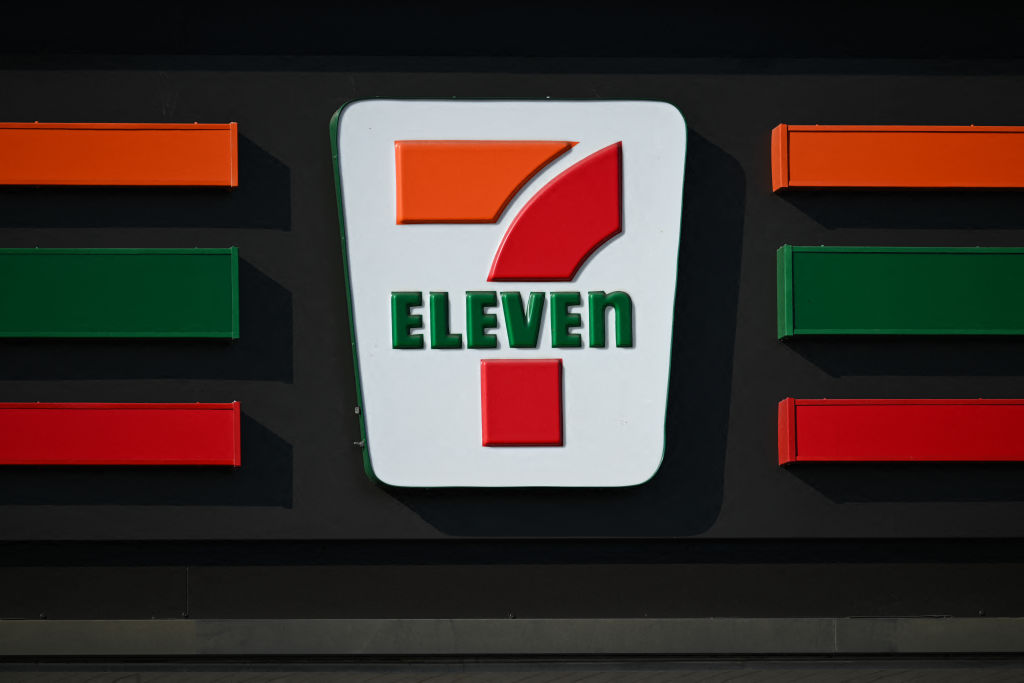
High yield: Realty Income
- Yield: 5.7%
- Annual dividend: $3.22
- Consecutive years of increases: 30
- Five-year dividend growth rate: 2.9%
- One-year total return: 12.7%
A tentative economic environment and high interest rates have weighed on real estate investment trusts (REITs). But interest rates are coming down, and if the economy avoids a recession, as many market watchers believe, real estate stocks could do well.
Realty Income (O), a Dividend Aristocrat, coped well in an uncertain economic environment, shielded in part because it owns primarily properties that it leases to single-tenant retailers that sell necessities: drug stores, convenience stores and grocery stores. These retailers sign long leases and tend to have solid balance sheets.
"The company has one of the sector's strongest balance sheets, in our view, the lowest cost of capital, and it pays a consistent and growing monthly dividend," says Stifel Financial analyst Simon Yarmak, who rates the stock a Buy.
He estimates adjusted funds from operations, a measure REITs use that's similar to earnings for a conventional business, of $4.28 per share in 2025 and $4.40 in 2026. The stock yields 5.7%.
Note: This item first appeared in Kiplinger Personal Finance Magazine, a monthly, trustworthy source of advice and guidance. Subscribe to help you make more money and keep more of the money you make here.
Related content
Profit and prosper with the best of Kiplinger's advice on investing, taxes, retirement, personal finance and much more. Delivered daily. Enter your email in the box and click Sign Me Up.

Nellie joined Kiplinger in August 2011 after a seven-year stint in Hong Kong. There, she worked for the Wall Street Journal Asia, where as lifestyle editor, she launched and edited Scene Asia, an online guide to food, wine, entertainment and the arts in Asia. Prior to that, she was an editor at Weekend Journal, the Friday lifestyle section of the Wall Street Journal Asia. Kiplinger isn't Nellie's first foray into personal finance: She has also worked at SmartMoney (rising from fact-checker to senior writer), and she was a senior editor at Money.
-
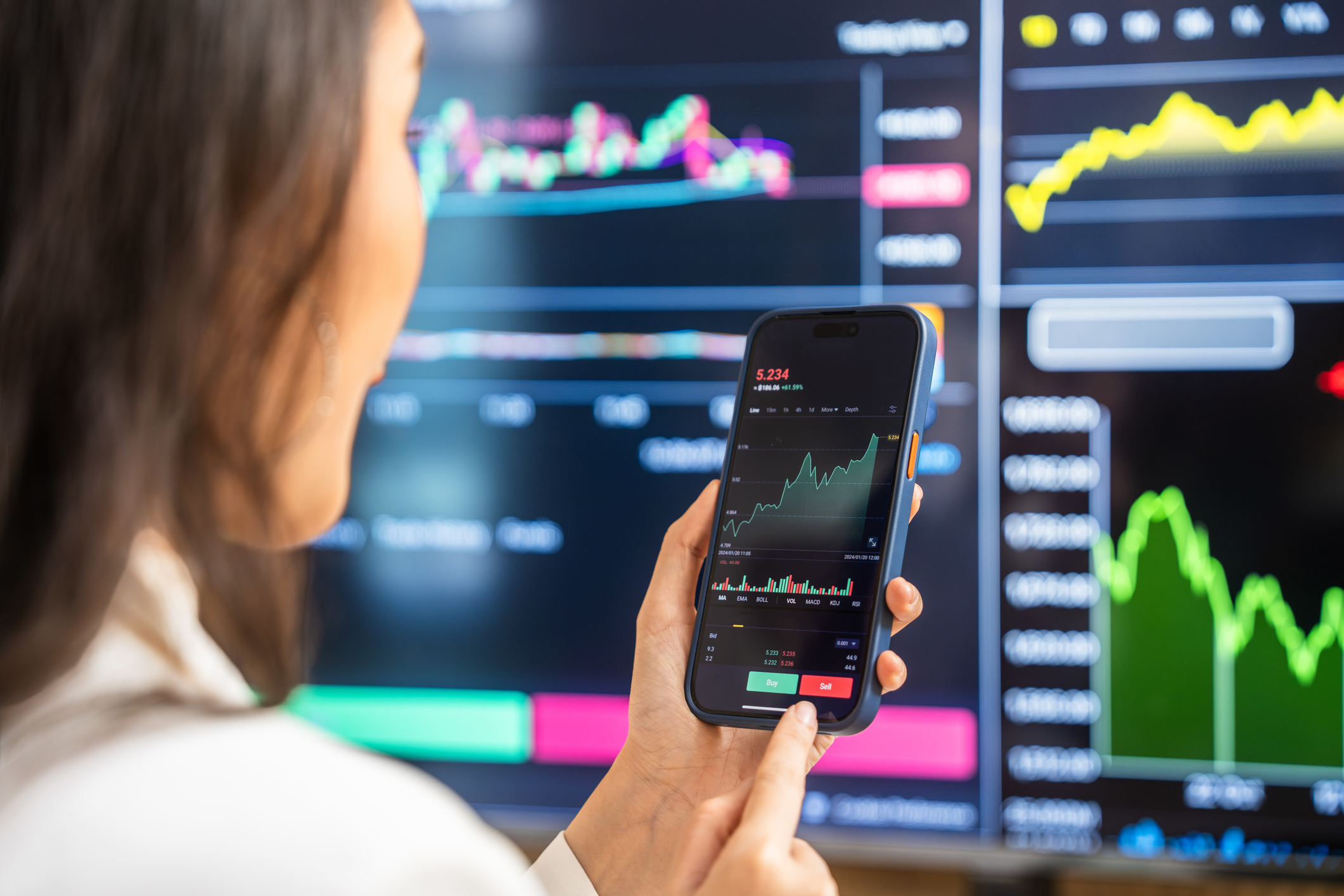 I'm 55 with 10 years until retirement and I've made $2 million on Nvidia stock. What do I do with it now?
I'm 55 with 10 years until retirement and I've made $2 million on Nvidia stock. What do I do with it now?What do you do with all that appreciated Nvidia stock? We asked a financial expert for advice.
-
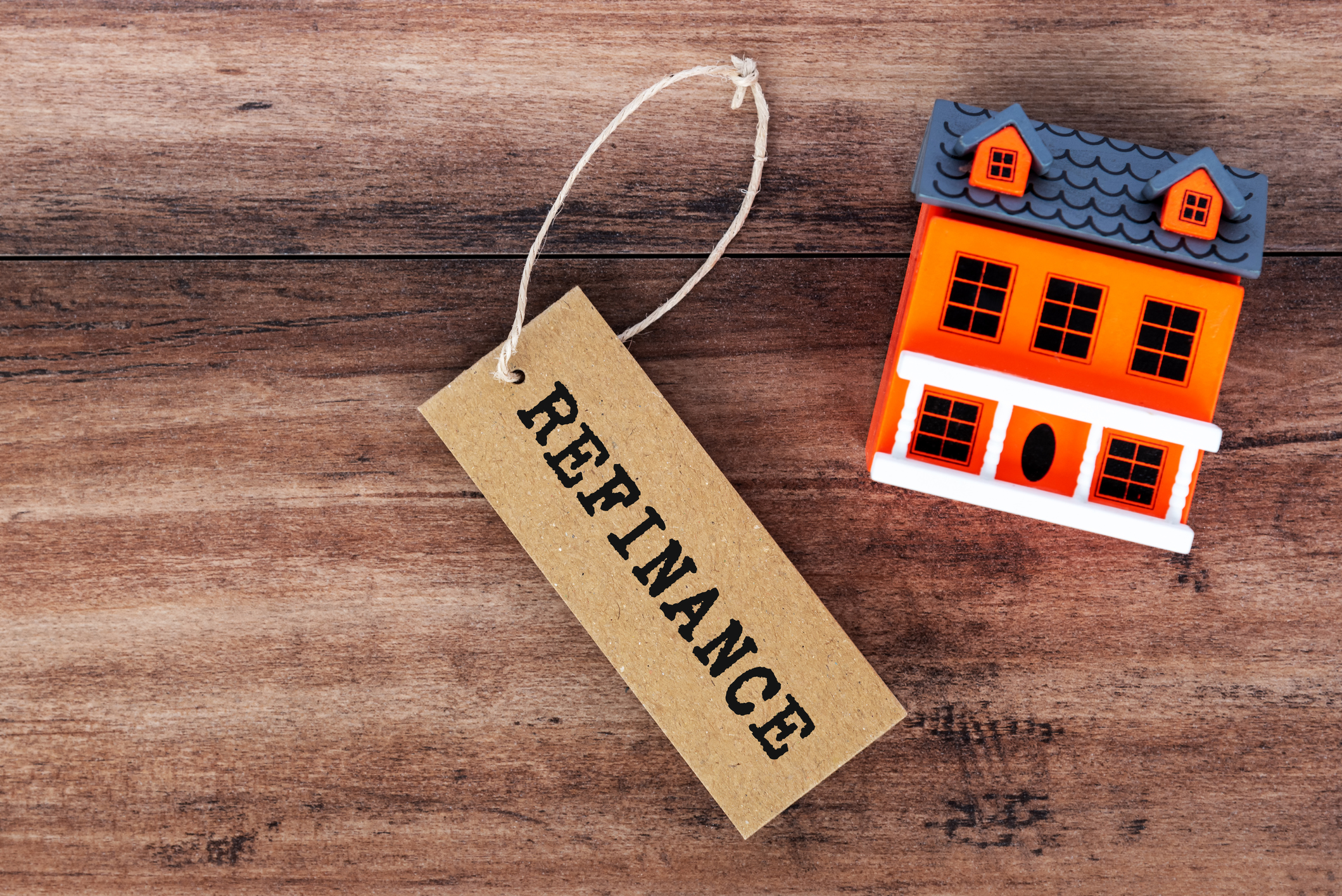 Mortgage Refinance in 2025? These Tax Breaks Can Boost Your Savings
Mortgage Refinance in 2025? These Tax Breaks Can Boost Your SavingsTax Breaks Refinancing your mortgage comes with tax implications, but also opportunities to deduct certain expenses on your return.
-
 I'm 55 With 10 Years Until Retirement and I've Made $2 Million on Nvidia Stock. What Do I Do With It Now?
I'm 55 With 10 Years Until Retirement and I've Made $2 Million on Nvidia Stock. What Do I Do With It Now?What do you do with all that appreciated Nvidia stock? We asked a financial expert for advice.
-
 The Best Bank Stocks to Buy
The Best Bank Stocks to BuyBank stocks are part of the financial services sector and are a way to gain exposure to the broader economy. Here, we look at how you can find the best ones.
-
 I'm a Financial Planner: These Three Things Are Missing From Almost Every Financial 'Plan' I See
I'm a Financial Planner: These Three Things Are Missing From Almost Every Financial 'Plan' I SeeA financial plan should be a detailed road map to a worry-free retirement. Watch out: If your plan has these common holes, you could be headed for a dead end.
-
 Is the One Big Beautiful Bill Really All That Great for Your Retirement?
Is the One Big Beautiful Bill Really All That Great for Your Retirement?While tax cuts sound attractive, it's still wise to plan ahead for retirement by considering strategies like Roth conversions to offset potential tax increases in the future and stealth taxes that could surprise you.
-
 Small Caps Hit First New High in Four Years: Stock Market Today
Small Caps Hit First New High in Four Years: Stock Market TodayThe Dow Jones Industrial Average, S&P 500 and Nasdaq Composite also notched fresh record highs Thursday.
-
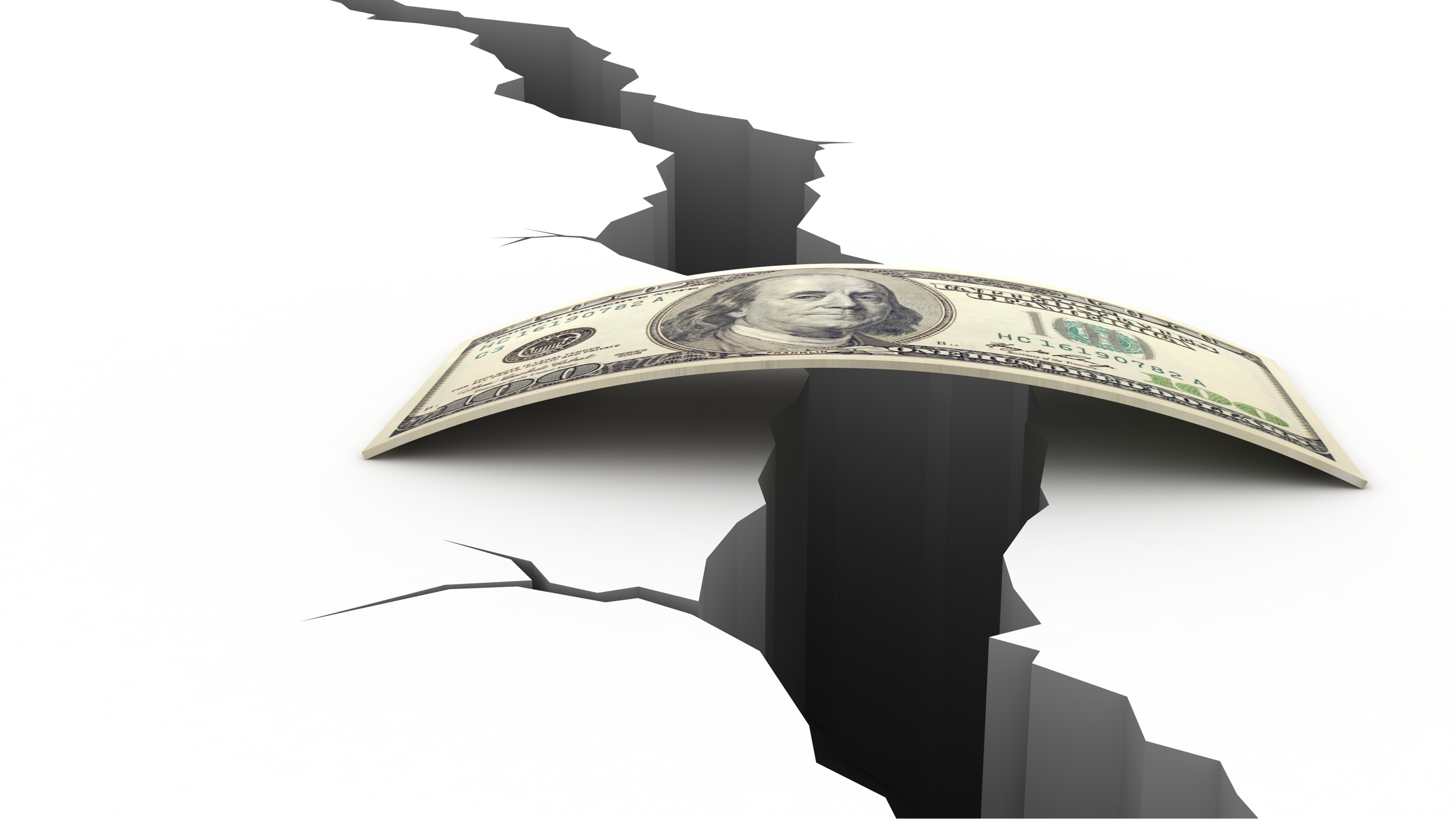 Wages Aren't Keeping Up With Inflation: A Financial Adviser's Tips to Bridge the Gap
Wages Aren't Keeping Up With Inflation: A Financial Adviser's Tips to Bridge the GapWhile we can't control inflation, there are some simple things each of us can do to help keep our heads above water.
-
 New Rules, New Opportunities for Student Loans: An Expert Guide to Preparing for What's Next
New Rules, New Opportunities for Student Loans: An Expert Guide to Preparing for What's NextMajor changes are coming to federal student loan rules, so it's a good time for borrowers to understand how these shifts will impact their financial planning.
-
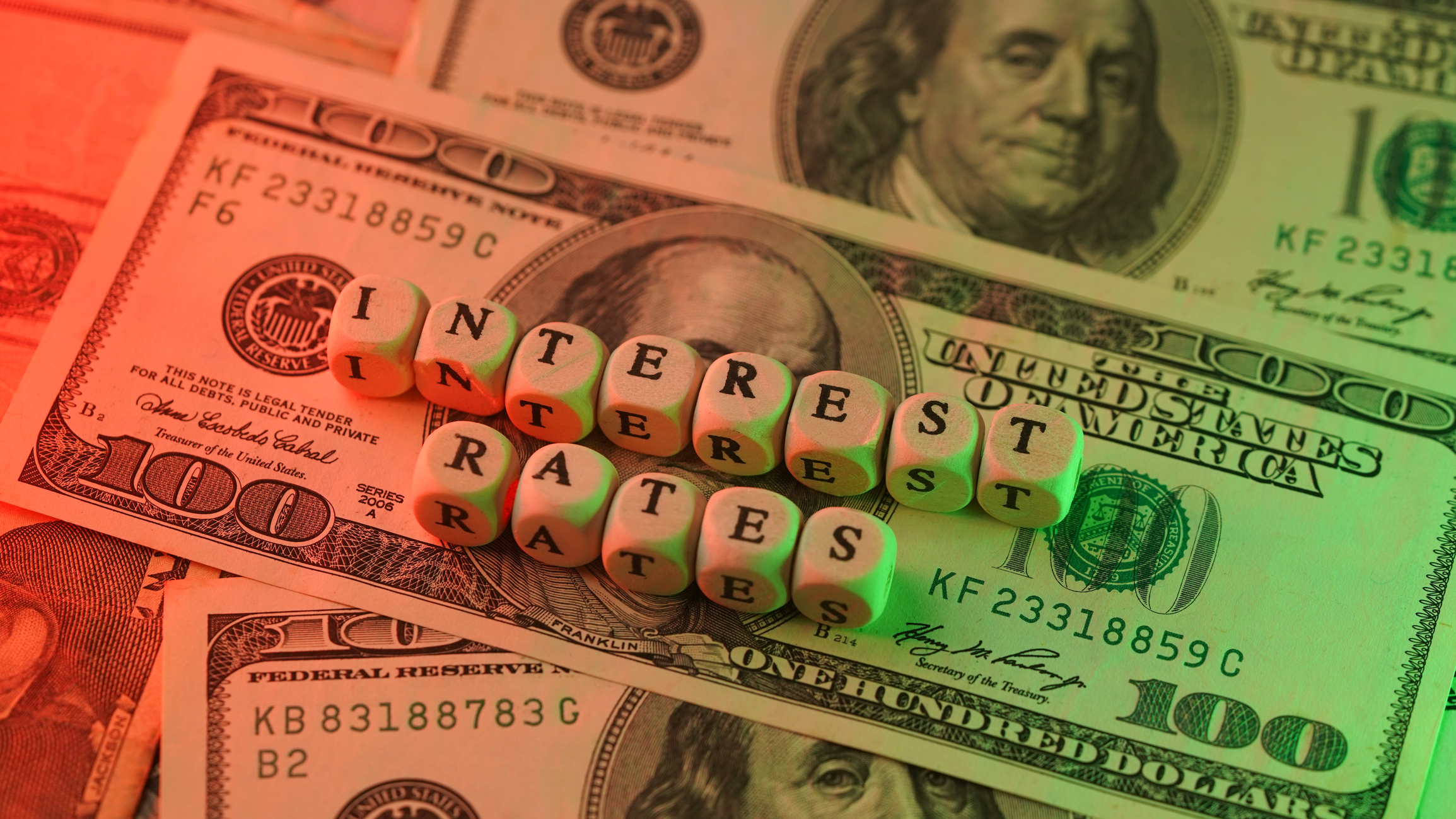 Dow Hits New Intraday High on Fed Day: Stock Market Today
Dow Hits New Intraday High on Fed Day: Stock Market TodayNot even the most important stock in the world could keep the oldest equity index down on a significant day for markets.
